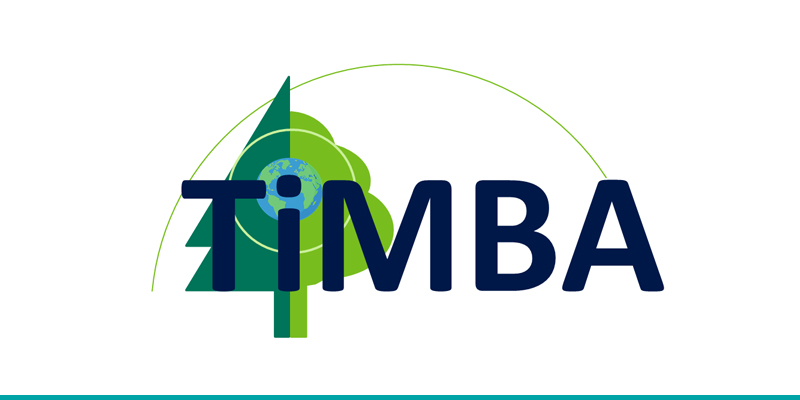The timber market modeling team has developed and published a computer-based partial equilibrium model for global forest products market analysis called TiMBA. This model simulates production, consumption, trade, and prices of 16 wood-based products across 180 countries until 2050 to illustrate the impacts of policy and economic options - effects that are often difficult for people to grasp due to their inherent complexity.
TiMBA has already been applied in practice. This includes research projects funded by the BMBF (Federal Ministry of Education and Research) and BMEL (Federal Ministry of Food and Agriculture) such as BioSDG and CarbonLeak, which investigated potential contributions of the forestry and timber sector to achieving European climate goals and their impacts in third countries. A study commissioned by the industrial consortia BIC (Bio-based Industry Consortium) and RCI (Renewable Carbon Initiative) carried out by nova-Institute estimated the availability of wood resources for various applications in three different future scenarios for Europe and the world.
The model is continuously being further developed. TiMBA is open source and can be accessed on GitHub and Zenodo (TI-FSM 2024).
For further question contact the TiMBA team at wf-timba@thuenen.de.
The Timber Market Model for Policy-Based Analysis – TiMBA – has been released.
Scroll to top








